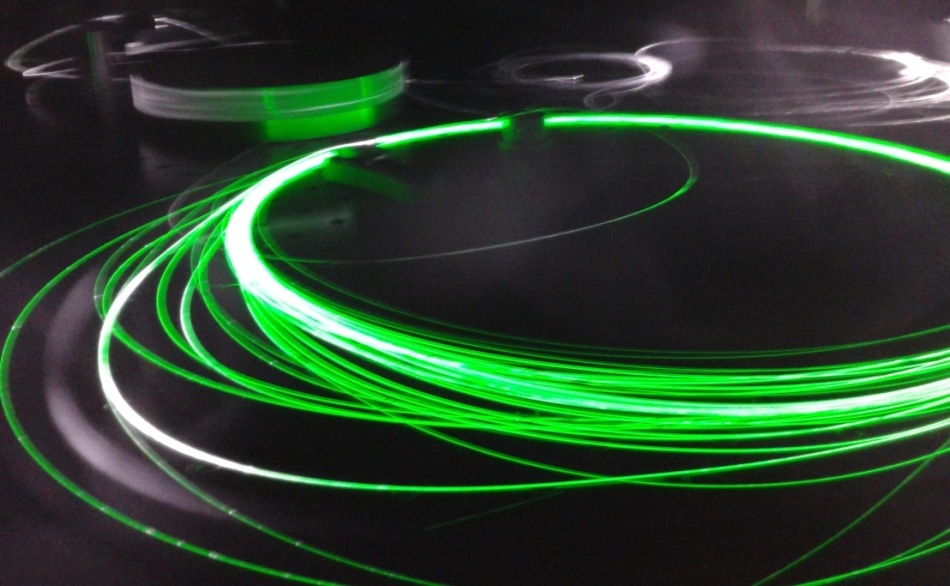By Matt Pullen, B.Sc.Mar 29 2018
Sébastien Février, a reasearcher at the University of Limoges and XLIM (CNRS/Université de Limoges), and his team showed that a benchtop, optical fiber-based laser source can be used to conduct infrared spectromicroscopy with a unmatched precision, and in certain regards even surpassing, that of experiments at large-scale synchrotron facilities.
 Image credit: https://www.alphagalileo.org/
Image credit: https://www.alphagalileo.org/
Synchrotrons are accelerator facilities that provide strong infrared light that can be used for examining the chemical content of biological tissues with micrometer-scale resolution. This high precision chemical imaging method enables a timely diagnosis of pathologies such as cancer and cirrhosis. However, thus far, the very high cost of ownership and inadequate availability of synchrotron sources have thwarted the deployment of a chemical imaging method in the hospital.
Substituting the synchrotron with a compact laser source could release the potential of this method and simplify its implementation in the hospital, thereby hastening access to diagnosis and treatment.
The findings have been published in Optica, a global peer-reviewed journal devoted to pioneering research in photonics.
The demonstration involved a consortium comprising of researchers from XLIM and the synchrotron Soleil in Saclay as well as engineers from the company Novae, a start-up launched in 2013 by researchers from the University of Limoges. Novae targets scientific and industrial markets such as materials micro-processing and laser-based bio-imaging. The infrared laser is currently part of Novae’s range of products.